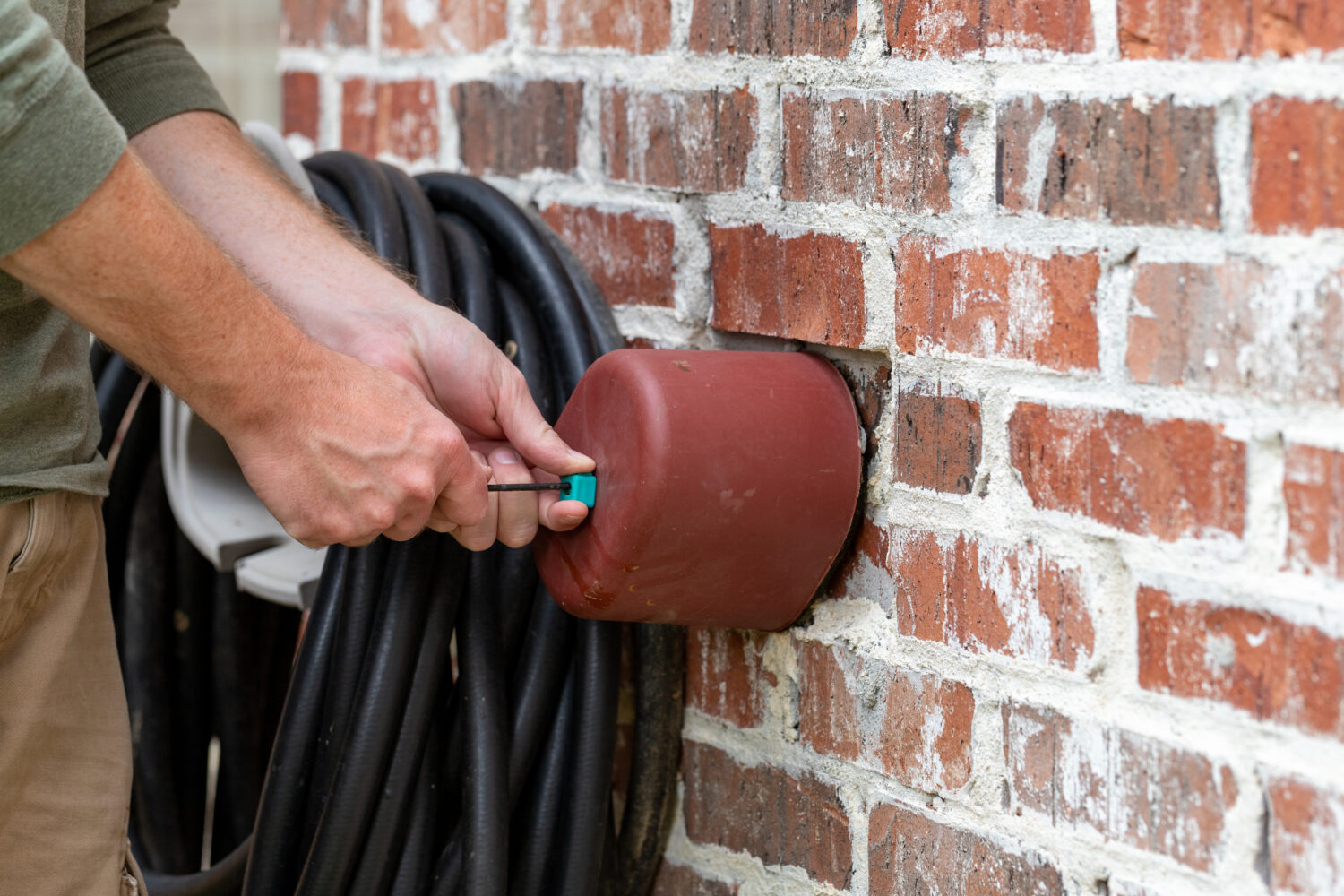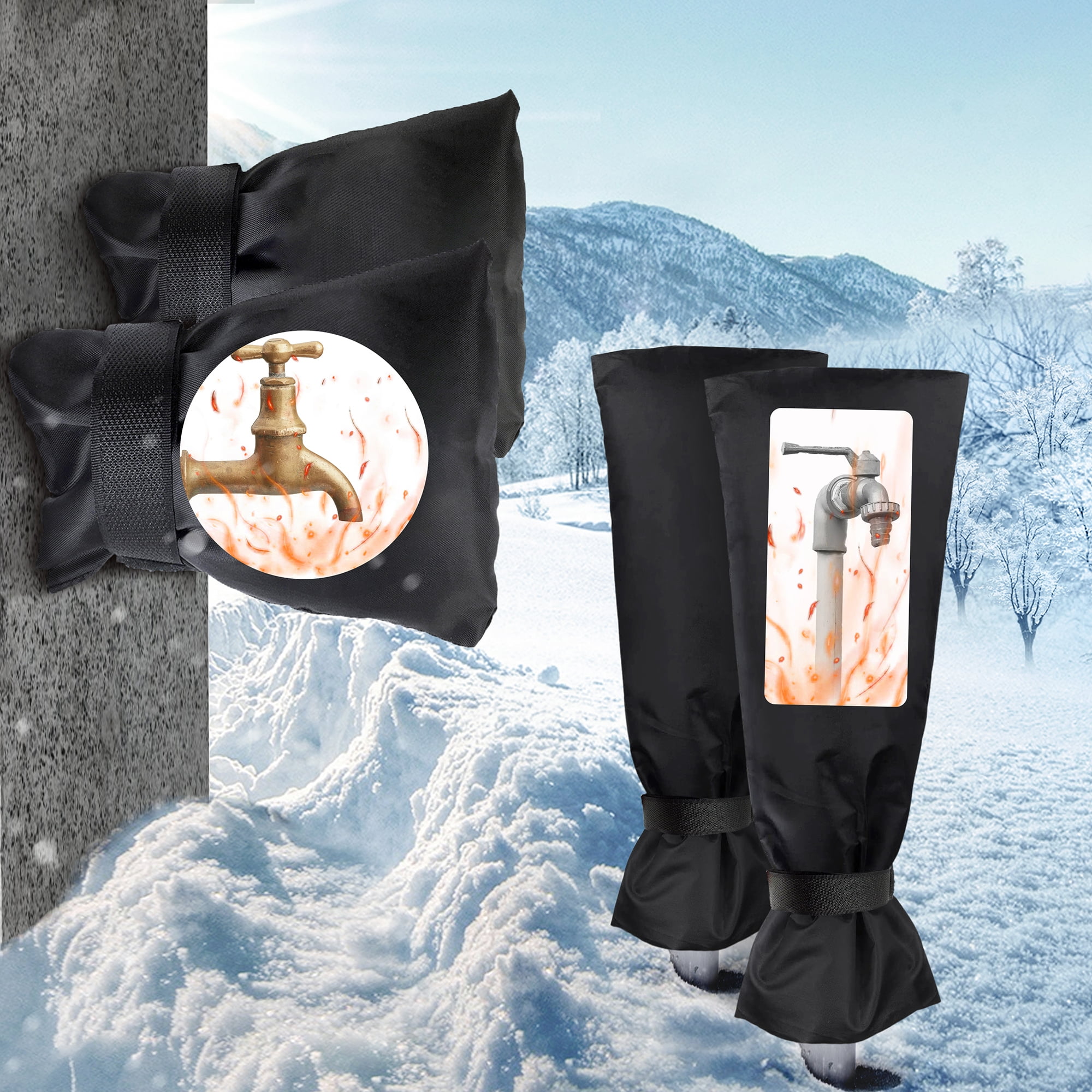How to protect faucets from freezing? Freezing temperatures can be detrimental to your plumbing system, particularly outdoor faucets. When water in the pipes freezes, it can expand and cause the pipes to burst, leading to water damage and costly repairs. To prevent this potential problem, it is crucial to take measures to protect your faucets from freezing. In this comprehensive guide, we will explore various methods to safeguard outdoor faucets from freezing temperatures. By implementing these preventive measures, you can ensure the longevity and functionality of your faucets during cold winter months.

Faucet Insulation:
Insulating your faucets is an effective way to protect them from freezing temperatures. Consider the following insulation methods:
- Faucet Covers: Use faucet covers, which are foam or cloth sleeves designed to fit over the faucet. These covers provide a protective barrier and insulation against freezing temperatures. Make sure the cover completely encloses the faucet and is securely fastened.
- Insulating Tape or Heat Cables: Apply foam pipe insulation tape or heat cables to the exposed pipes leading to the kitchen faucets. This provides an additional layer of insulation and helps prevent freezing.
- Towel or Blanket Wrapping: In the absence of faucet covers, wrap the faucet and the exposed pipes with towels, blankets, or rags. Secure them with zip ties or duct tape to provide insulation and protect against freezing.
Shut-off and Drain Water:
Shutting off and draining the water from outdoor faucets is a critical step in preventing freezing. Here’s what you can do:
- Shut-off Valve: Locate the shut-off valve for the outdoor faucet, typically located near the interior water supply line. Close the valve to prevent water from flowing to the faucet.
- Drain the Pipes: After shutting off the valve, open the outdoor faucet to drain any remaining water from the pipes. This removes water from the vulnerable area and reduces the chances of freezing.

Heat Source:
Using a heat source near outdoor faucets can provide enough warmth to prevent freezing. Consider the following options:
- Portable Heater: Place a portable heater near the faucet or in the vicinity to provide a source of warmth. Follow the manufacturer’s instructions for safe use and avoid leaving unattended.
- Heat Lamp or Heat Tape: Install a heat lamp or heat tape near the faucet to generate heat and prevent freezing. Ensure electrical connections are safe and carefully follow the manufacturer’s guidelines.
Frost-Proof Faucets:
Consider installing frost-proof outdoor faucets to eliminate the need for winterizing. Frost-proof faucets have a long stem that extends into the warmer interior of your home, preventing freezing. A plumber can install these faucets dripping, ensuring proper connection and functionality.

Regular Maintenance:
Maintaining your outdoor faucets is essential to prevent freezing and other issues. Follow these maintenance tips:
- Disconnect Hoses: Disconnect and store garden hoses before winter. Leaving them attached to the faucet can cause water to freeze in both the hose and faucet.
- Inspect Faucets: Regularly inspect faucets for any signs of wear, damage, or leaks. Address any issues promptly, or consult a professional plumber for repairs if needed.
- Proper Drainage: Ensure that the area around the faucet is well-drained. Clear any debris or obstructions to prevent water from pooling and freezing.
- Winterize Outdoor Plumbing: In regions with harsh winters, consider hiring a professional plumber to winterize your entire plumbing system. This involves draining and insulating exposed pipes and faucets to protect against freezing.
How to thaw faucets from freezing
When temperatures drop, your faucets may freeze, preventing water flow and potentially causing damage to your plumbing system. It is important to thaw frozen faucets promptly to restore functionality and prevent further complications.
Identify Frozen Faucets:
Before proceeding with thawing, determine which shower faucets are frozen. Here are some signs that indicate a frozen faucet:
- No water flow: If the faucet does not produce any water or only a trickle, it is likely frozen.
- Visible frost or ice: Inspect the exterior of the faucet for any signs of frost or ice accumulation.
- Strange sounds: If you hear unusual sounds, such as gurgling or grinding, when attempting to turn on the faucet, it could indicate frozen pipes.

Safety Precautions:
Before attempting to thaw frozen faucets, it is essential to follow these safety precautions:
- Turn off water supply: Locate the shut-off valve connected to the frozen faucet and turn it off. This prevents water flow and potential flooding during the thawing process.
- Use protective gear: Wear insulated gloves, safety goggles, and appropriate clothing to protect yourself from potential splashes and cold temperatures.
- Avoid open flames: Never use open flames or excessive heat sources, such as blowtorches or propane heaters, to thaw frozen faucets, as this can cause damage or lead to fire hazards.
Thawing Techniques:
To safely thaw frozen faucets, consider the following effective methods:
- Gentle heat application: Use a hairdryer on the lowest heat setting to warm the area around the frozen faucet. Begin by focusing the heat on the faucet itself, gradually moving outward to the pipes. Maintain a safe distance from the faucet to avoid overheating.
- Warm towels or hot water bottles: Soak a towel in warm water and wrap it around the frozen faucet, or place a hot water bottle against it. This gentle heat can help thaw the ice within the faucet.
- Heat lamps or space heaters: If safe and appropriate, position a heat lamp or space heater near the frozen faucet. Ensure proper ventilation and follow the manufacturer’s guidelines for safe usage.
- Heat tape or electric heater cables: If the frozen faucet is inaccessible or severely frozen, consider using heat tape or electric heater cables designed for pipe thawing. Wrap the tape or cables around the frozen section, following the manufacturer’s instructions carefully.

Conclusion:
Protecting your faucets from freezing is crucial to prevent costly plumbing issues. By implementing these preventive measures – including faucet insulation, shutting off and draining the water, utilizing heat sources, considering frost-proof faucets, and practicing regular maintenance – you can safeguard your faucets from freezing temperatures. Remember to follow manufacturer’s instructions, prioritize safety, and consult a professional plumber when necessary. By taking proactive steps to protect your faucets, you ensure the longevity and functionality of your plumbing system, even during the harshest winter conditions.
